Table of Contents
Dobsonian telescopes, also known as Dobsonians, are a type of reflector telescope that are highly regarded for their exceptional value and ease of use.
Named after their inventor, John Dobson, these telescopes are characterized by their simple, yet effective design and affordable price point.
Dobsonian telescopes are ideal for amateur astronomers who are just starting out or those who are looking for a cost-effective way to explore the night sky.
With a Dobsonian telescope, you can enjoy stunning views of the moon, stars, and even distant planets without breaking the bank.
Brief History of the Dobsonian Telescope
The Dobsonian telescope was invented by John Dobson, a San Francisco-based amateur astronomer and member of the San Francisco Sidewalk Astronomers.
Dobson was frustrated by the high cost and complexity of traditional telescopes and sought to create an affordable and user-friendly alternative.
In the 1960s, he began experimenting with different designs and eventually developed the Dobsonian, a simple yet effective telescope that could be made from inexpensive materials and assembled with ease.

Dobson’s telescopes quickly gained popularity among amateur astronomers, and he became known as the “Pope of Sidewalk Astronomy.”
Today, Dobsonian telescopes are widely regarded as some of the best value telescopes on the market, offering exceptional performance and ease of use at an affordable price.
The legacy of John Dobson and his Dobsonian telescope continues to inspire amateur astronomers around the world to explore the night sky and share their love of astronomy with others.
Benefits of using a Dobsonian telescope
There are many benefits to using a Dobsonian telescope, making it a popular choice among amateur astronomers. Some of the key benefits include:
Affordability
One of the biggest draws of Dobsonian telescopes is their affordability. Compared to traditional telescopes, Dobsonian telescopes can be made from inexpensive materials and are relatively simple to construct, making them an accessible option for people on a budget.
Easy to Use
Dobsonian telescopes are also known for their ease of use. The simple design and user-friendly features make it easy for anyone to set up and use, even if they have limited experience with telescopes.
Large Aperture
Dobsonian telescopes often have large apertures, which allows for exceptional views of the night sky. The large aperture captures more light, resulting in clearer and more detailed views of celestial objects.
Stable Platform
The Dobsonian design includes a sturdy, stable base that reduces vibrations and provides a stable platform for observing. This makes it easy to track celestial objects as they move across the sky.
Versatility
Dobsonian telescopes can be used for a wide range of observing activities, including viewing planets, stars, galaxies, and other celestial objects. This versatility makes them a great choice for amateur astronomers who want to explore a variety of objects in the night sky.
Design and Operation of Dobsonian Telescopes
How do Dobsonian Telescopes Work?
Dobsonian telescopes operate on the fundamental principles of reflection and magnification.
The heart of the system lies in its concave primary mirror, positioned at the bottom of the telescope tube, which collects and reflects incoming light.
This light is then directed to a smaller secondary mirror near the top of the tube, which, in turn, reflects the focused light out of the side of the telescope to an eyepiece.
The eyepiece magnifies the image, allowing astronomers to observe celestial objects with enhanced detail.
The telescope’s alt-azimuth mount enables easy manual tracking, allowing users to follow the motion of the night sky by adjusting the telescope in both altitude and azimuth.
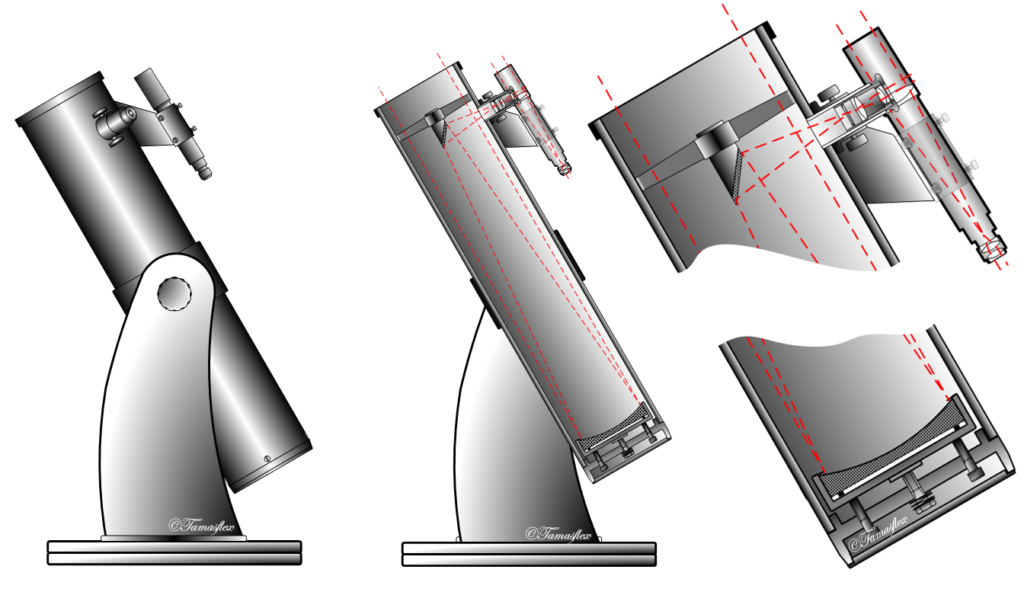
How to Operate a Dobsonian Telescope
Operating a Dobsonian telescope is a straightforward process, contributing to its popularity among amateur astronomers.
To begin, locate the celestial object of interest using the telescope’s alt-azimuth mount. Adjust the telescope’s altitude and azimuth by manually moving it to align with the desired target.
Once the object is centered in the eyepiece, the user can fine-tune the view by delicately adjusting the telescope’s movements.
Since Dobsonian telescopes lack complex motors or computerized tracking systems, tracking celestial objects involves manually nudging the telescope along the object’s path in the night sky to counter the Earth’s rotation.
This hands-on approach not only makes Dobsonian telescopes user-friendly but also provides an immersive and engaging experience for astronomers, especially those new to the hobby.
Choosing the Right Dobsonian Telescope
Factors to Consider when Choosing a Dobsonian Telescope
- Aperture size: The aperture size is the most important factor to consider when choosing a Dobsonian telescope, as it directly affects the amount of light the telescope can gather and the level of detail you can see.
- Focal length: The focal length of the telescope affects the magnification and field of view, and should be considered based on the types of objects you want to observe.
- Mount: The mount of the Dobsonian telescope should be sturdy and stable, providing a platform for the telescope to rest on. Consider the size and weight of the mount and make sure it is compatible with the tripod or stand you plan to use.
- Eyepieces: Eyepieces are an important component of any telescope and affect the magnification and field of view. Consider the types of eyepieces you will need for your observing, and make sure they are compatible with the Dobsonian telescope you choose.
- Cost: Dobsonian telescopes can range in price from a few hundred dollars to several thousand dollars, depending on the features and specifications. Consider your budget and what you are willing to spend to get the best Dobsonian telescope for your needs.
- Portability: If you plan to take your Dobsonian telescope on the go, consider the size and weight of the telescope and mount, and make sure they are portable and easy to transport.
Best Dobsonian Telescopes for Different Needs and Budgets
My Top Picks for Best Dobsonian Telescopes
Best Dobsonian Telescope for Beginners
With a 76mm aperture spherical glass mirror, the Celestron – 76mm Signature Series FirstScope offers a wide field-of-view for vivid lunar observations, showcasing details like mountains and craters with clarity. Ideal for beginners, the FirstScope is easy to set up—simply insert an eyepiece, and you’re ready to explore. Navigate the night sky effortlessly by rotating the azimuth axis. Its portability makes it perfect for on-the-go astronomical adventures or as a decorative fixture when not in use. The telescope comes with a custom lunar wrap highlighting 10 lunar features, and the Lunar Landscape eBook by Robert Reeves provides in-depth insights into lunar exploration
| Optical Design: | Newtonian Reflector | ||
|---|---|---|---|
| Aperture: | 76mm (2.99″) | ||
| Focal Length: | 300mm (12″) | ||
| Focal Ratio: | f/3.95 | ||
| Magnification: | 15x, 75x | ||
| Limiting Magnitude: | 11.9 | ||
| Lowest Useful Magnification: | 11x | ||
| Highest Useful Magnification: | 180x | ||
| Assembled Weight | 3.6 lbs (1.63 kg) |
Collaboration with Lunar Expert: Developed in collaboration with renowned lunar imager Robert Reeves, ensuring quality and expertise in lunar observation.
Ideal for Beginners: Simple setup and user-friendly operation make it an excellent choice for those new to astronomy.
Compact and Lightweight: Portable design allows for easy transport on camping trips, picnics, or hikes, and its compact size makes it suitable for small spaces.
Wide Field-of-View: A generous 76mm aperture and wide field-of-view provide bright, sharp views of the Moon’s details, as well as other celestial objects.
Educational Resources: Comes with a custom lunar wrap highlighting lunar features and an eBook by Robert Reeves for in-depth insights into lunar exploration.
Manual Tracking: Lack of automated tracking may require manual adjustments to follow celestial objects as they move across the night sky.
Limited Accessories: The included eyepieces may not cover a wide range of magnifications, limiting versatility in observing different objects.
Basic Design: The telescope is a basic Dobsonian design, lacking advanced features found in more expensive models.
Not Computerized: Does not come with computerized or GoTo features, which may be a drawback for users who prefer automated tracking and object location.
Limited Astrophotography: Designed primarily for visual observation, this telescope may not be the best choice for those interested in deep-sky astrophotography.
Limited Field of Use: While excellent for lunar and planetary observation, it may not provide the best views for certain deep-sky objects compared to telescopes with larger apertures.
Best Dobsonian Telescope for Intermediate Observers
The Orion 8944 SkyQuest XT6 Classic Dobsonian Telescope, a top choice for intermediate observers. Praised for its large optics and user-friendly design, this telescope offers exceptional value without compromising quality. With a stable Dobsonian base, expertly figured parabolic mirror, and essential accessories like a 1.25-inch Rack-and-pinion focuser and EZ Finder II aiming device, it’s well-equipped for celestial exploration. Setting up in minutes, the XT6 provides fantastic views of planets, the Moon, and deep-sky treasures, making it an affordable and capable option for those graduating to a more advanced reflector telescope.
Optical Design: Reflector
Optical Diameter: 152 mm
Aperture: 6″
Focal Length: 1178 mm
Focal Ratio: f/7.8
Resolving Power: 0.76arc*sec
Magnification: 47x
Lowest Useful Magnification: 22x
Highest Useful Magnification: 300x
Assembled Weight: 31.5 lbs
User-Friendly Design: The Dobsonian mount allows for easy point-and-view navigation, and the telescope comes equipped with a carrying handle for added convenience
Essential Accessories: Standard equipment includes a 1.25-inch Rack-and-pinion focuser, EZ Finder II aiming device, 25mm Sirius Plossl eyepiece, and quick-collimation cap, ensuring a comprehensive observing experience.
Quick Setup: Setting up the telescope takes only a minute, allowing observers to swiftly engage in celestial exploration.
Limited Astrophotography: While suitable for visual observations, the XT6 may not be the best choice for those interested in deep-sky astrophotography due to its design and features.
Bulk and Weight: While relatively portable, the telescope’s size and weight may still pose challenges for observers looking for the utmost portability.
Limited Magnification Range: The included eyepiece may not cover a broad range of magnifications, potentially limiting versatility in observing different celestial objects.
Manual Tracking: Similar to other Dobsonian telescopes, the XT6 requires manual adjustments to track celestial objects as they move across the night sky.
Best Dobsonian Telescope for Advanced Observers
The Celestron StarSense Explorer 10-inch Dobsonian Telescope is a state-of-the-art instrument for advanced users. Featuring a high-quality 10-inch Newtonian reflector with a parabolic primary mirror, it delivers stunning views of celestial objects. The ultra-stable Dobsonian base ensures precision, and the package includes essential accessories such as a 25mm Plössl eyepiece, 2-inch Crayford focuser, StarSense smartphone dock, and StarPointer red dot finderscope. Utilizing StarSense Sky Recognition Technology and a smartphone app, this telescope analyzes star patterns in real time, generating a curated list of visible celestial objects for easy exploration. With on-screen arrows guiding users to their chosen targets, the StarSense Explorer makes advanced astronomy accessible. Compatible with iPhone 6 and up, as well as most newer Android phones, it offers a user-friendly and technologically advanced stargazing experience. Setting up in minutes, the XT6 provides fantastic views of planets, the Moon, and deep-sky treasures, making it an affordable and capable option for those graduating to a more advanced reflector telescope.
| Optical Design | Newtonian reflector | |
|---|---|---|
| Aperture | 10″ (254mm) | |
| Focal Length (Focal ratio) | 1200mm (f/4.7) | |
| Included Eyepiece / Magnification | 25mm Plössl, 48x | |
| Finderscope | StarPointer red-dot finder | |
| Light Gathering Power | 1317x as compared to the human eye | |
| Optical Tube Dimensions | 44″ x 11.5″ diameter (1117.6mm x 292.1mm diameter) | |
| Optical Tube Weight | 29.2 lbs (13.24 kg) | |
| Base dimensions | 26.5″ x 21″ x 21″ (673.1mm x 533.4mm x 533.4mm) | |
| Base weight | 25.6 lbs (11.61 kg) |
Smartphone Integration: The StarSense Explorer utilizes smartphone technology, allowing users to enjoy a guided tour of the night sky with real-time star pattern analysis and a user-friendly app interface.
High-Quality Optics: Featuring a 10-inch Newtonian reflector with a parabolic primary mirror and XLT reflective coatings, this telescope provides high-quality, detailed views of planets, stars, clusters, nebulae, and galaxies.
Ultra-Stable Dobsonian Base: The telescope’s sturdy Dobsonian base ensures stability, with large diameter altitude bearings, Teflon azimuth bearings, and side panel braces for reliable and smooth movement.
All-Inclusive Package: The StarSense Explorer comes with essential accessories, including a 25mm Plössl eyepiece, 2-inch Crayford focuser, StarSense smartphone dock, and StarPointer red dot finderscope, providing a comprehensive and ready-to-use setup.
Automatic Object Recognition: The telescope’s StarSense Sky Recognition Technology automatically generates a list of the best celestial objects visible from your location, simplifying the observing process for users at all experience levels.
Dependency on Smartphone: While the smartphone integration enhances the user experience, it may be a drawback for those who prefer traditional manual controls or worry about compatibility issues.
Price Point: The advanced features and technology come at a higher price compared to some traditional Dobsonian telescopes, potentially making it less budget-friendly for some users.
Limited Astrophotography: Despite its advanced features, the StarSense Explorer may not be the optimal choice for users primarily interested in deep-sky astrophotography due to its design and functionality.
Using a Dobsonian Telescope
Tips for Getting Started
- Familiarize yourself with the night sky: Before using your Dobsonian telescope, take some time to learn about the night sky and familiarize yourself with the stars, planets, and constellations you'll be observing.
- Set up your telescope in a dark location: Dobsonian telescopes are best used in dark locations away from city lights. Find a dark spot where you can set up your telescope and observe with minimal light pollution.
- Align the finderscope: Before using your Dobsonian telescope, take the time to align the finderscope. This will make it easier to locate objects in the night sky.
- Start with the moon and planets: The moon and planets are some of the easiest objects to observe with a Dobsonian telescope. Start by observing these objects and work your way up to more challenging deep sky objects.
- Invest in good eyepieces: Good eyepieces can make a big difference in your observing experience. Invest in a set of high-quality eyepieces that will give you a clear, sharp view of the night sky.
- Join a local astronomy club: Joining a local astronomy club is a great way to learn more about using your Dobsonian telescope and connect with other astronomers.
Maintenance and Upkeep
Keeping your Dobsonian telescope in good condition is important for optimal performance and longevity. Here are some tips for maintaining your telescope:
Cleaning the Optics
Dust and debris can collect on the mirrors and lenses, affecting the quality of your images. Use a soft brush or microfiber cloth to remove any debris and use a cleaning solution specifically designed for telescope optics to clean the lenses.
Protecting the Telescope
Store your Dobsonian telescope in a dry, dust-free environment to protect it from the elements and prevent dust buildup. A dust cover can help protect the telescope when not in use.
Checking Alignment
Over time, the alignment of your Dobsonian telescope may shift, causing images to be blurry. Regularly check the alignment of your telescope and make any necessary adjustments.
Updating Software
If your Dobsonian telescope is equipped with computerized controls, be sure to keep the software and firmware up to date for optimal performance.
How to Get the Most out of your Observing Sessions
Using a Dobsonian telescope can provide you with an incredibly satisfying and immersive experience when viewing the night sky. However, there are a few things you can do to make your viewing experience even better.
One thing to consider is purchasing additional eyepieces. Dobsonian telescopes usually come with one or two eyepieces, but having a variety of different focal lengths can greatly enhance your viewing experience. This will allow you to zoom in and out, providing different levels of magnification and making it easier to see fine details.
Another accessory to consider is a Barlow lens. This device fits into your eyepiece and increases the magnification, allowing you to see even more detail.
Having a good quality finder scope is also important for a Dobsonian telescope. This device helps you locate objects in the sky, making it easier to find and view planets, stars, and other celestial bodies.
Investing in a good quality tripod or mount can also enhance your viewing experience. This will reduce vibrations and make it easier to hold the telescope steady, providing a clearer and more stable image.
Lastly, having a good quality observing chair or stool will make your viewing experience much more comfortable. You can spend hours observing the night sky, so having a comfortable and adjustable seat is important.
In conclusion, Dobsonian telescopes are a great option for those who want an affordable, easy-to-use, and powerful telescope for viewing celestial objects.
With their simple design, large aperture, and stable mount, Dobsonian telescopes offer an exceptional viewing experience for amateur astronomers.
When choosing a Dobsonian telescope, it’s important to consider factors such as aperture size, focal length, and portability.
Regular maintenance and upkeep can help ensure that your Dobsonian telescope lasts for many years to come.

Andrew
With years of experience and a passion for exploring the cosmos, I want to be your go-to destination for all things celestial. My mission is to bring the wonders of the universe to your fingertips and demonstrate how the art of stargazing and telescope therapy can nurture not only your astronomical curiosity but also your mental health. Explore the cosmos with me and discover the profound connection between the night sky and your inner peace.
We may earn commissions through affiliate links in this post. This means we may receive a small commission if you make a purchase through these links. This comes at no extra cost to you and helps support our site’s content. We only recommend products or services we believe will add value to our readers. Your support is appreciated!

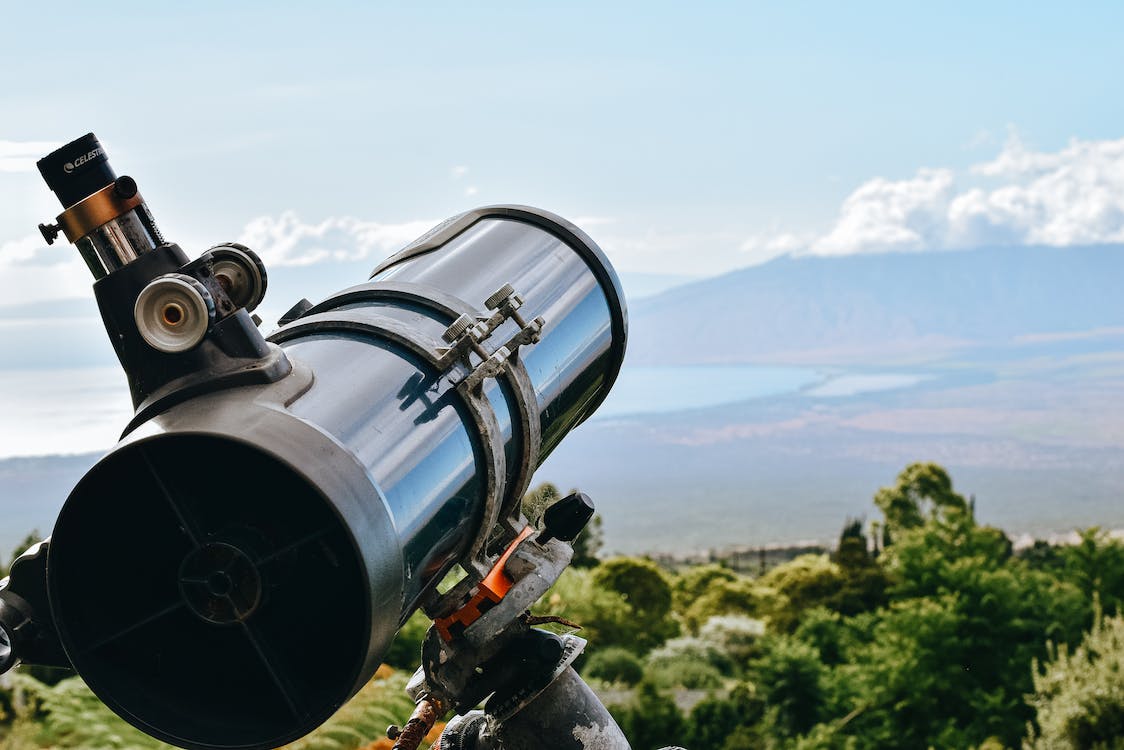

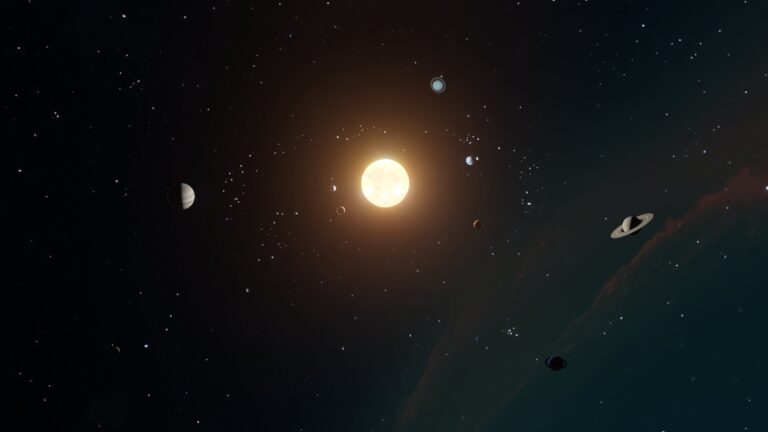

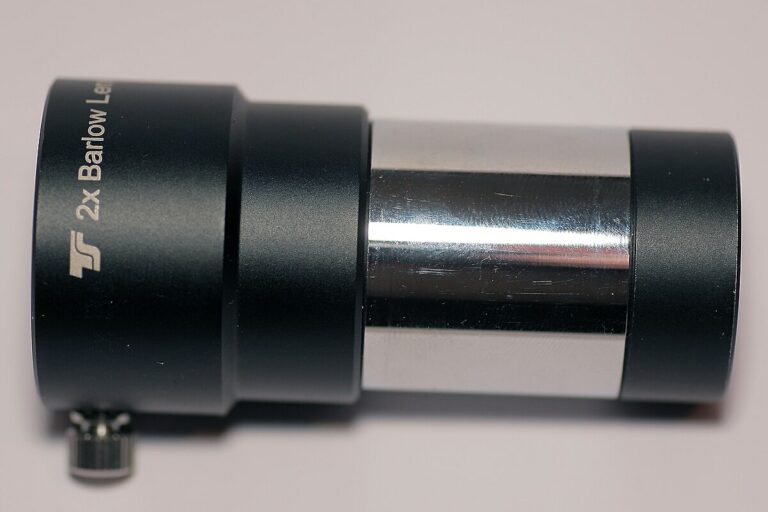
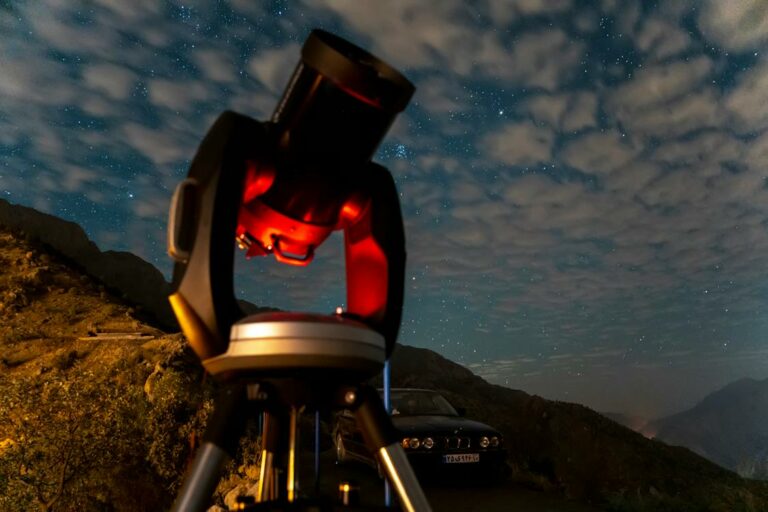
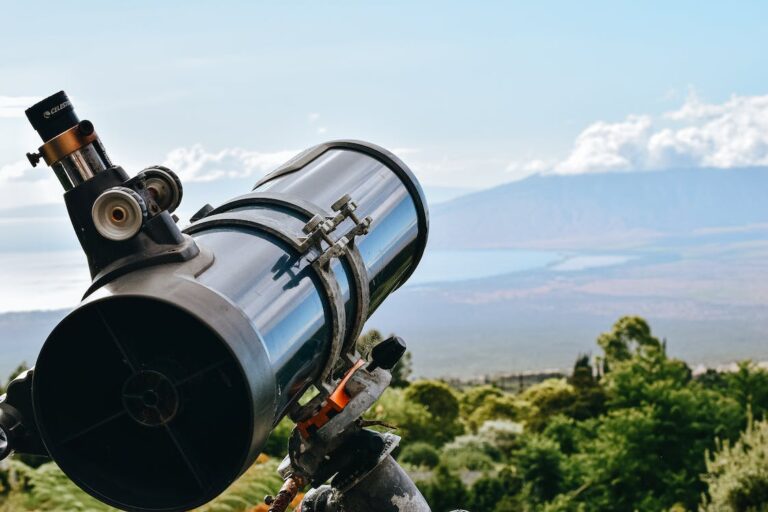
+ There are no comments
Add yours